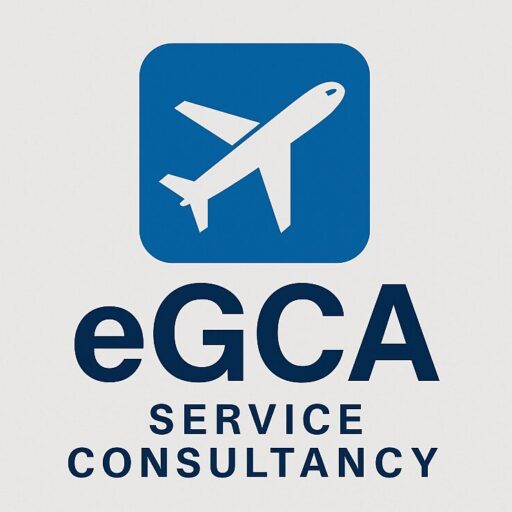Understanding Pilot Licensing in India: A Comprehensive Guide
Becoming a pilot is a dream for many, and India offers a clear pathway to achieve this goal through its pilot licensing system. Whether you aspire to fly as a commercial airline pilot or simply enjoy flying as a hobby, understanding the types of licenses, prerequisites, and benefits is essential. Here’s an in-depth look at pilot licensing in India.
India’s Directorate General of Civil Aviation (DGCA) oversees the issuance of pilot licenses. Below are the main types of licenses offered:
- Student Pilot License (SPL):
- The first step in your aviation journey, the SPL allows you to begin your training under supervision.
- It’s primarily theoretical and involves basic flying training on single-engine aircraft under an instructor.
- Private Pilot License (PPL):
- This license allows you to fly privately owned aircraft for non-commercial purposes.
- You need to complete a minimum of 40 hours of flying, including solo and cross-country flights.
- Commercial Pilot License (CPL):
- The CPL is essential for anyone aspiring to become a professional pilot.
- Requires a minimum of 200 hours of flight training, including night flying, instrument flying, and cross-country flying.
- This license enables you to work as a pilot for commercial airlines.
- Airline Transport Pilot License (ATPL):
- The highest level of pilot certification.
- Required for commanding an aircraft as a captain in commercial airlines.
- Requires extensive flight experience (1,500+ hours) and advanced theoretical knowledge.
The process of obtaining a pilot license involves several steps:
- Educational Qualification:
- A minimum of 10+2 education with Physics, Mathematics, and English as subjects.
- Candidates must pass with at least 50% marks in these subjects.
- Medical Fitness:
- Undergo a Class 2 medical examination initially and later a Class 1 medical examination approved by DGCA to ensure physical and mental fitness.
- Flight Training:
- Enroll in a DGCA-approved flying school in India or abroad. Some popular Indian flying schools include Indira Gandhi Institute of Aeronautics, Indira Gandhi Institute of Aviation, and Captain Gopi Aviation.
- Complete the required flying hours depending on the type of license you are pursuing.
- Theoretical Examinations:
- Pass DGCA theory exams covering subjects like Air Navigation, Meteorology, Air Regulations, and Aircraft Technical Knowledge.
- Flying Tests:
- Successfully clear the skill test conducted by a DGCA examiner to demonstrate your flying capabilities.
- License Issuance:
- After completing the above steps, the DGCA will issue your pilot license.
- Age Requirement: For an SPL, the minimum age is 16 years; for a PPL, it’s 17 years; and for a CPL, it’s 18 years.
- Language Proficiency: Strong command of English is essential, as aviation communication is conducted in English globally.
- Financial Investment: Pilot training can be expensive, with costs ranging from ₹20-50 lakhs or more for a CPL. Scholarships and bank loans are often available to support aspiring pilots.
- Lucrative Career Opportunities:
- Commercial pilots earn attractive salaries and enjoy various perks, such as travel allowances and international exposure.
- Adventure and Prestige:
- A career in aviation is both exciting and prestigious, offering the opportunity to travel the world and meet people from diverse cultures.
- High Demand:
- With the growth of the aviation sector in India, there is a significant demand for skilled pilots, offering excellent job security.
- Personal Growth:
- Pilots develop essential skills like decision-making, teamwork, and adaptability, which are valuable both personally and professionally.
Pilot licensing in India is a structured process that requires dedication, financial planning, and rigorous training. However, the rewards—both financial and personal—are well worth the effort. Whether you’re drawn to the thrill of flying or the promising career prospects, obtaining a pilot license can open the doors to an exciting and fulfilling journey in the aviation industry.
